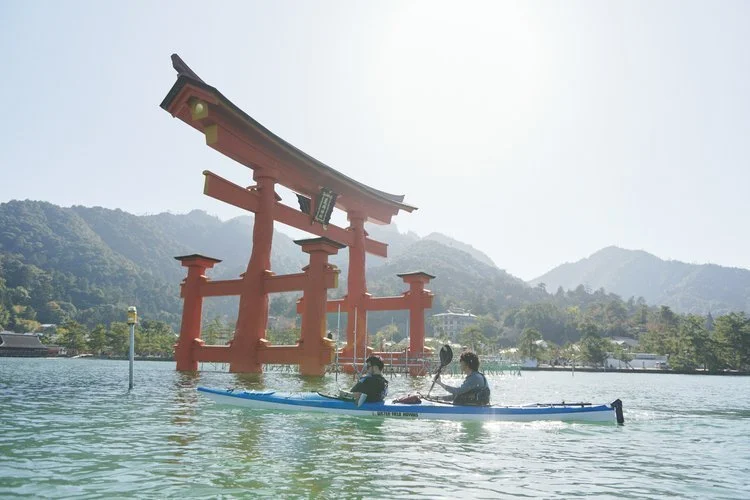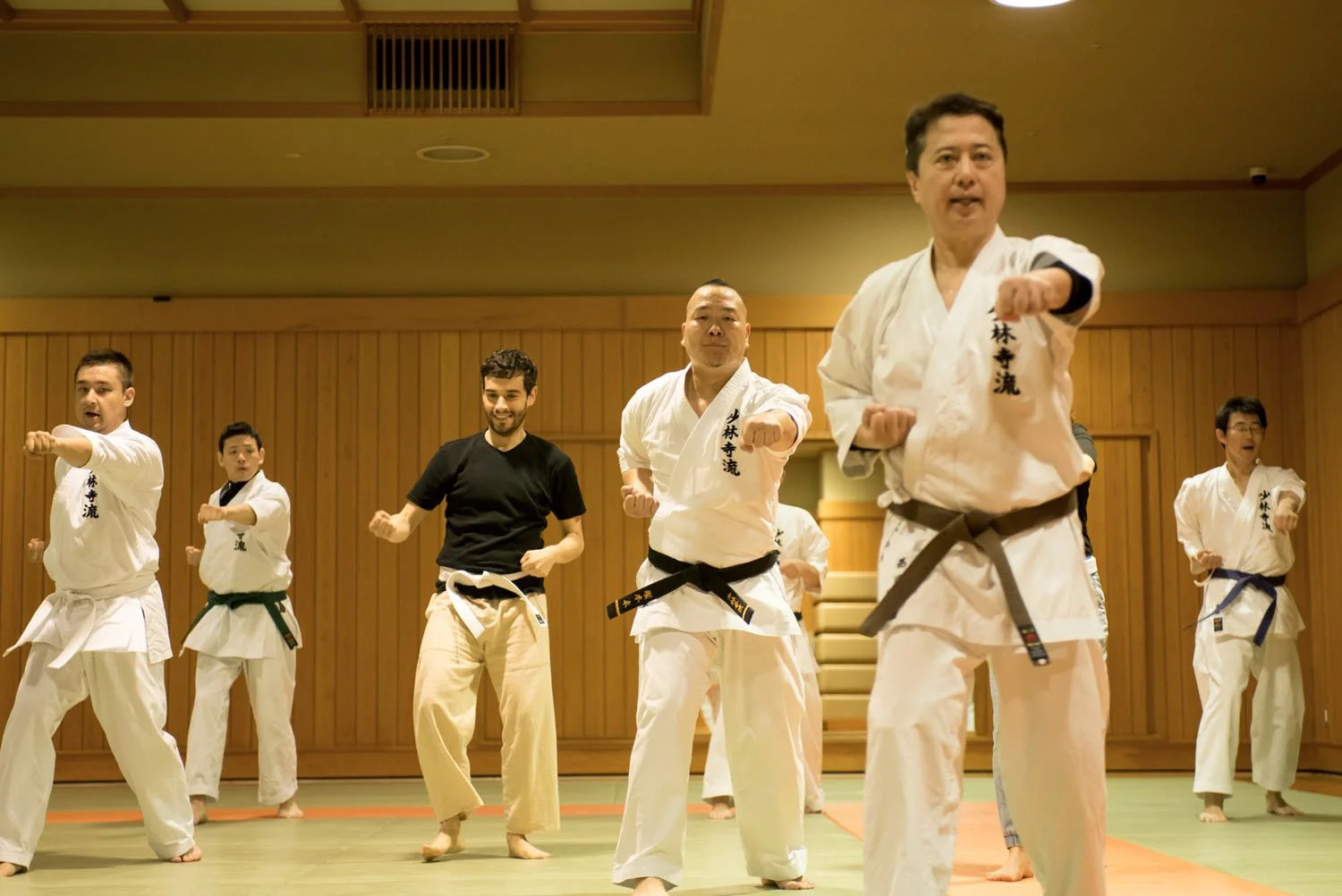
How to Experience Summer in Japan
Discover the best way to travel Japan in the summer, with suggested activities that take advantage of the season.
In this Guide:
Why summer is great for travel in Japan
What to do in Japan in summer
Explore northern areas
Visit Japan’s beaches
Cool off in Japan’s mountains
Visit a matsuri festival
Immerse in agriculture
How to experience Japan in every season
The season of celebration, Japan comes to life in the summer.
Despite the warm, wet climate well-known in Japan during the summer, the season is filled with festivals and fireworks, colorful yukata and the bright blossoms of hydrangea flowers, and peaceful waterside excursions, whether exploring lakeside mountain towns or calm coastal villages.
The summer season in Japan is packed with matsuri celebrations—the Tanabata, O-bon, Kanto, Gion, and Nebuta festivals are some of the most famous, but countless local areas hold their own matsuri that bring together crowds of people in song, dance, and impressive transportation of mikoshi, all which fill the days with a lively energy.
Looking for some inspiration of how to spend the summer in Japan? Keep reading for some of the best summer experiences in Japan, whether you’re immersing in local Tokyo festivals, paddling through torii gates in Hiroshima, or heading to the mountains of Hokkaido.
Best Summer Activities in Japan
If you’re visiting Japan in the summer, discover the best things to do in the season to optimize your travels.
Venture towards Hokkaido, Japan’s Northern Island
While summer in Japan is known for hot weather and humidity, Hokkaido stays breezy and beautiful. The region’s northern location helps ensure that the temperature stays comfortable, and the different temperate zone means Hokkaido avoids the majority of typhoon storms that can hit the south in the summer.
Enjoy horseback riding, mountain trekking, wildlife spotting, canoeing, or visiting the workshop of master artisans, all while staying cool.
Head to Japan’s mountains
High altitudes provide cool weather. Whether embracing the great outdoors, camping or resting at a luxurious ryokan inn, exploring Japan’s mountains in the summer is an excellent way to immerse in both natural beauty and Japanese culture.
Not only are the largest peaks, like Fuji, Tateyama, or Daisetsuzan, finally unearthed from snow and ready for trekking, but smaller peaks in mountainous areas also provide a refreshing atmosphere. Historically, mountains were the realm of shrines and temples, and countless can still be found tucked into the forests. As Japan is between 70-80% mountains, these areas play a huge role in Japanese culture—in addition to providing a great space to escape the heat.
Feast on summer food
Beyond the steaming, smoky fare of yakisoba, yakitaori, and other festival fare sold at matsuri, summer in Japan boasts a range of seasonal dishes. Elaborate kakigori shaved ice drizzled with toppings, yakiniku barbecue enjoyed in the crisp mountain air, and heaping piles of cold zaru soba are just some of the food to eat in Japan’s summer.
As Japanese culinary arts and culture praise seasonality and shun, the idea of eating food at peak freshness, kaiseki meals and restaurants will also infuse seasonal ingredients into all of their dishes, such as goya melon, corn, ume plums, and yuzu.
Visit the beaches of Japan
As an island nation, Japan is surrounded by the sea, making for stunning coastal views, endless expanses of beaches, and ample opportunity to avoid the heat while enjoying traveling Japan during the summer. Tropical locations like Okinawa possess their own unique culture and beauty, with coral reefs and crystal clear water.
Spots surrounding Tokyo, like Zushi or Chiba, have public beaches great for surfing and are a quick trip from Tokyo’s city center, while nearby Enoshima island’s oceanside temple provides a cultural backdrop for beating the heat. Or, feel the sea breeze while paddling a kayak, even cruising right up to Miyajima’s famous floating torii gate.
Visit a summer matsuri festival
The clanging of taiko drums ring out among the sound of clapping hands and song. Japanese matsuri are a singular experience that bring every member of the community together in celebration, and are always open to curious visitors.
Most matsuri will feature a parade moving the heavy mikoshi (housing for the gods), but others have colorful washi floats towering over 5 meters tall, large poles adorned with lanterns passed from participant to participant, or bursting firework displays. Festival-goers often will wear yukata and enjoy grabbing drinks and food from the various food stalls that line the entrance to the shrine or temple.
Immerse in agriculture
The sprawling terrace of rice fields deepen to a vivid green in summer, creating iconic scenes of Japan’s rural countryside, while pastures in agricultural regions flourish in regions like Hokkaido thanks to the cooler summer climate.
The sunshine that provides growth to the various produce produced in Japan shines best in summer, making it the perfect time for immersing deeper into Japan’s rich culture of agriculture.
Experience Japan in every season
With lively fireworks festivals, colorful yukata, and traditional Bon Odori dances lighting up the warm nights, summer is a dynamic time to visit. Coastal towns come alive with beachgoers, and mountain regions offer refreshing escapes from the heat. Seasonal food like cold soba, kakigori, and unagi help beat the summer sun in delicious ways.
Looking for other seasonal inspiration for traveling in Japan? Check out our guides on autumn, winter, and spring for more insight about the best cultural experiences to book each season.






